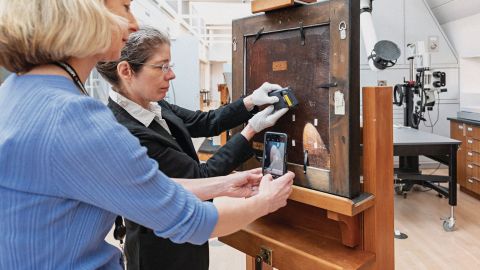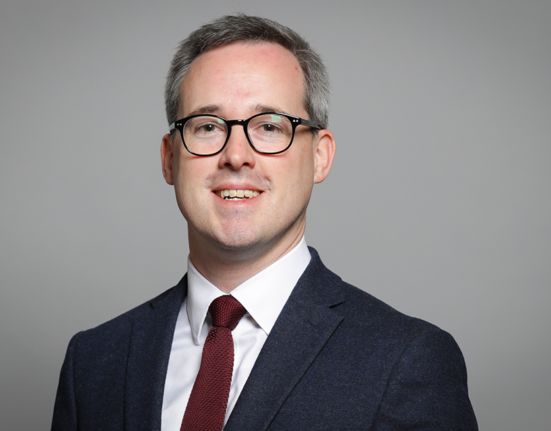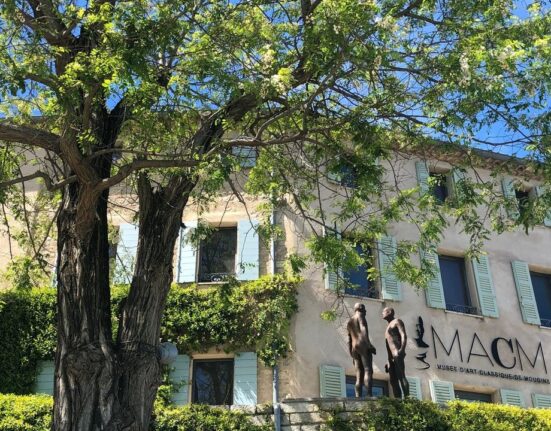Set against a grey-blue sky, surrounded by archetypal red-brick buildings is one of the most striking public artworks of recent years.
A brightly coloured exotic flower decorated with batik – Indonesian fabric designs popular across west Africa – bursts from the ground in a small, quiet park in the south bank of Leeds city centre.
About seven years from idea to fruition, Hibiscus Rising, a 10-metre (33ft) tall sculpture by the artist Yinka Shonibare, was unveiled on Friday as part of the city’s year of culture, Leeds 2023.
“I think people like it,” said Shonibare after seeing the reaction from local residents. “I saw people walking past and stopping to have a look and smiling.”
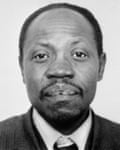
While the artwork celebrates an incredibly diverse city that is the birthplace of Europe’s oldest Caribbean carnival and now home to people from 169 different nationalities, it is also in recognition of a dark moment in Leeds’ past.
The sculpture was commissioned in memory of David Oluwale, a British-Nigerian man hounded and beaten by racist police, who drowned in the River Aire in 1969 while fleeing persecution from two officers. In a landmark case, they served prison time for a series of assaults.
The legacy of this shameful crime is still being reckoned with in Leeds – a blue plaque in Oluwale’s memory was stolen hours after being put up last year, prompting citizens to display hundreds of images of the plaque on billboards, video screens and stickers across the city.

Shonibare wanted the sculpture to look forward and not to focus on the circumstances of the death of Oluwale, who had come to the UK in 1949 as a stowaway, hiding among boxes of groundnuts being transported to Hull from his native Lagos.
“When I was asked to make a sculpture to commemorate David Oluwale’s life, I felt that it should be something happy, should be something that will help people to heal and move forward,” he said.
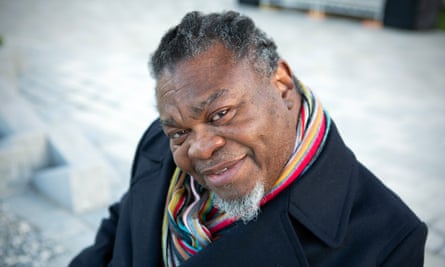
Shonibare, who also grew up in Nigeria, drew inspiration from his own childhood. “When I was young, I saw the hibiscus flower everywhere in Nigeria and I used to suck the nectar out of it. And that reminds me of happier times. I didn’t want David’s legacy to be about sadness or anything that would actually divide the community,” he said.
“So I felt that this symbolism of the hibiscus – representing beauty, love, empathy, passion – would be appropriate for his memorial.”
In what has been a vibrant and joyous 12 months for Leeds’ arts and culture scenes, residents have feasted on a whirlwind of performances, exhibitions and celebrations as part of its year of culture. Leeds 2023 was put together after an official bid to be European capital of culture was dashed in 2017 when the European Commission told the city it could no longer be considered because of Brexit.
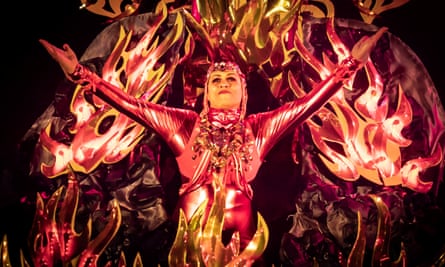
Although Leeds is becoming culturally braver and financially richer, now having the best-paying jobs outside London, funding was “a real struggle”, with the public sculpture project in danger a couple of times when support was withdrawn, said Dr Emily Zobel Marshall, the co-chair of the David Oluwale Memorial Association.
“I think it’s to do with people not feeling ready to tell these kinds of stories,” she added.
Nevertheless, Hibiscus Rising was able to go ahead, paid for by the council and Leeds 2023, with additional support from Art Fund, Arts Council England and a grant from the Henry Moore Foundation.
Zobel Marshall said: “I think this is going to be our Angel of the North, it will be a landmark sculpture.”
One of the reasons for choosing Shonibare, is that he is known for art that examined colonialism, having produced a series of striking artworks featuring batik fabric designs overlaid on traditional European colonial statues.
When Leeds city council carried out an audit of its own statues, it was found there were no tributes to men such as Edward Colston, the slave owner whose statue was torn down by residents in Bristol, said Zobel Marshall. “But there were statues commemorating the glories of empire, the feats of ‘great’ white men.”
“I think Hibiscus Rising will speak to people in a way other sculptures don’t,” she added.
Jonathan Pryor, the council’s deputy leader and executive member for economy, culture and education, said: “The unveiling of this magnificent new public artwork is a moment Leeds can be truly proud of and one which makes a powerful statement about the city and what it stands for.”

